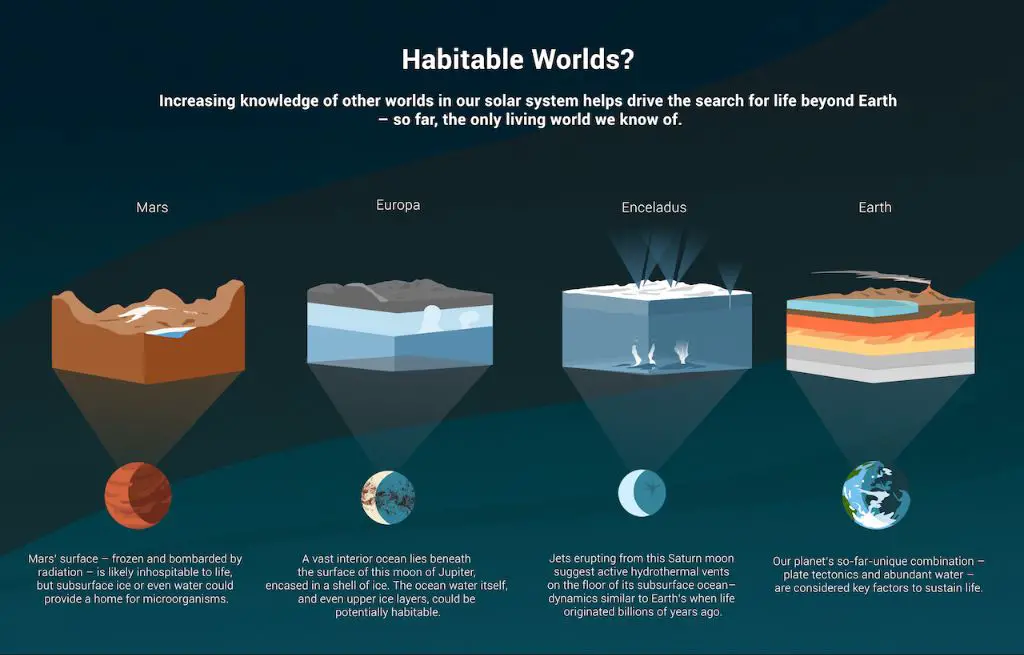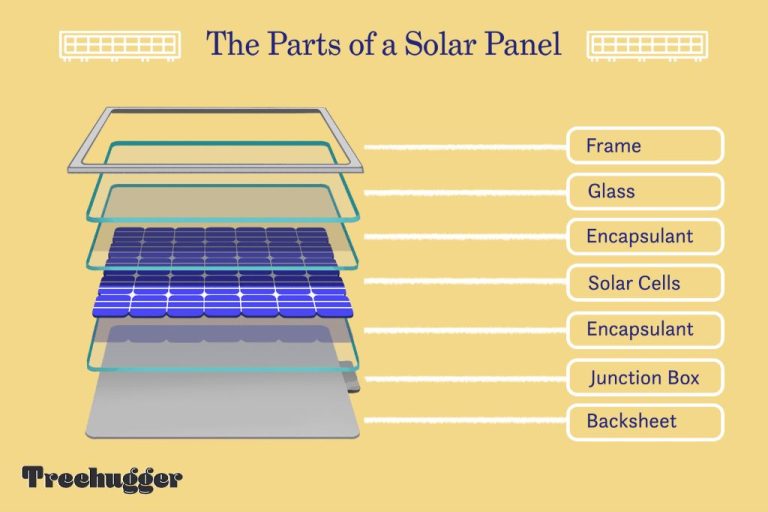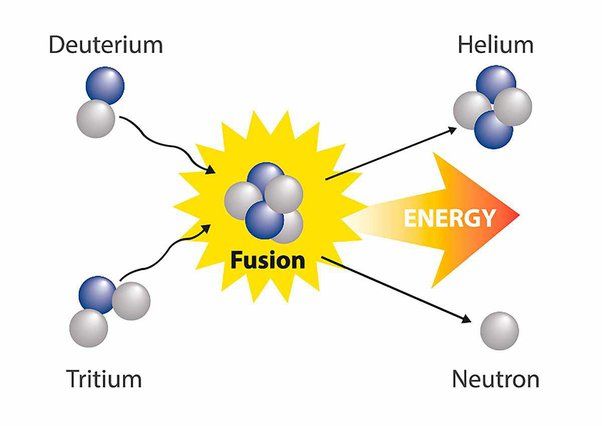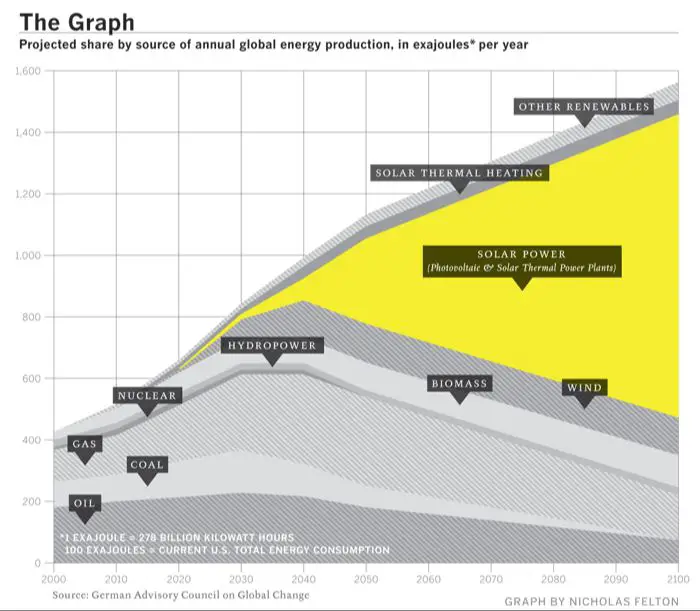Why Is Solar System Important In Our Life?

The solar system consists of the Sun and everything that orbits around it, including planets, moons, asteroids, comets and other small objects. The major components of the solar system include the Sun, which is a star at the center; the four inner planets – Mercury, Venus, Earth and Mars; the four outer planets – Jupiter, Saturn, Uranus and Neptune; asteroids – rocky objects that orbit the Sun; and comets – icy objects with elongated orbits.
Understanding our solar system is important for several reasons. It allows us to learn about the origins and evolution of planetary systems. Studying other planets helps us understand Earth better. Researching solar system bodies provides insights into the formation of life. Space exploration advances technology and provides opportunities for discovery. Knowledge about the motions and locations of solar system objects is key for space travel. Overall, comprehending the solar system satisfies our curiosity about the cosmos, our place in it, and the significance of life.
This article will provide an overview of the major components of the solar system, discuss theories about its formation and evolution, highlight key discoveries made through space exploration, and explain why continued research and observation is vital.
The Sun
The Sun is a star at the center of our solar system and the main source of light and heat that makes life possible on Earth (Source). As a Yellow Dwarf star, the Sun is mostly made up of hydrogen and helium gas. Through the process of nuclear fusion at its core, the Sun converts hydrogen into helium, generating enormous amounts of energy in the form of electromagnetic radiation. This radiation travels over 150 million kilometers to reach Earth’s atmosphere and surface.
The Sun’s light enables photosynthesis in plants, which creates oxygen and food that sustains humans and animals. Its heat drives weather patterns and ocean currents, creating a habitable climate. Seasonal cycles are also regulated by Earth’s tilt in relation to the Sun. Without the Sun, the Earth would be a frozen, lifeless planet adrift in space. The Sun makes life on our planet possible.
The Planets
The solar system contains eight major planets: Mercury, Venus, Earth, Mars, Jupiter, Saturn, Uranus, and Neptune. Each planet has unique characteristics and properties that scientists study to better understand planet formation and evolution (https://science.nasa.gov/planetary-science/focus-areas/).
Mercury is the closest planet to the Sun and has a thin atmosphere, no moons, and temperatures that range from very hot to extremely cold. Venus is similar in size to Earth but has a dense, toxic atmosphere and is the hottest planet in the solar system. Earth is our home planet that contains liquid water and supports life. Mars is known as the Red Planet and has polar ice caps and signs that it once had flowing water. Jupiter is the largest planet and contains a giant storm called the Great Red Spot. Saturn has extensive rings made of ice and rock particles. Uranus rotates on its side and is icy cold. Neptune is very similar to Uranus and has extremely fast winds.
Studying the diversity of planets in our solar system helps scientists understand how planets form and provides insights into Earth’s atmosphere, climate, geology, and potential for life. Comparing Earth with other planets shows how unique Earth really is and highlights the conditions needed for habitability (https://www.cfa.harvard.edu/research/topic/solar-system).
Asteroids
Asteroids are rocky bodies that orbit the Sun but are too small to be considered planets. The majority of asteroids in our solar system are found in the main asteroid belt, between the orbits of Mars and Jupiter. This zone contains millions of asteroids. Some of the most notable asteroids include Ceres, the largest asteroid at almost 1,000 km in diameter, and Vesta, the second largest at over 500 km in diameter. Ceres is so large that it is now considered a dwarf planet.
One reason asteroids are important is that they pose a potential threat to Earth. Asteroids that get too close to Earth are called near-Earth objects (NEOs). If an NEO is large enough, it could cause major destruction if it impacted Earth. That’s why NASA and other space organizations keep track of asteroids and their orbits, to detect any that could pose a threat. NASA’s Center for Near Earth Object Studies tracks over 27,000 NEOs to date.
Studying asteroids also gives us clues about the early solar system, since asteroids are essentially leftover building blocks that never coalesced into planets. Their composition provides information on conditions billions of years ago. Additionally, asteroids likely played a role in bringing water and organic material to Earth early in its history, materials key for the origin of life (https://ssd.jpl.nasa.gov/sb/why_asteroids.html).
Comets
Comets are small icy bodies made mostly of frozen gases, rock, and dust that orbit the Sun (https://science.nasa.gov/solar-system/comets/facts/). They originate from the Kuiper Belt and Oort Cloud, which are regions of icy debris at the outer edges of the solar system.
Some famous comets include Halley’s Comet, which returns to the inner solar system every 75-76 years, and Comet Hale-Bopp, which was visible to the naked eye in 1997. Ancient people were both fascinated and frightened by comets due to their bright tails and unpredictable paths across the sky.
Studying comets provides clues about the early solar system, as they are essentially frozen time capsules from 4.6 billion years ago. Analysis of comet composition by spacecraft like ESA’s Rosetta probe helps reveal what conditions were like at the time the solar system formed (https://www.esa.int/Science_Exploration/Space_Science/Rosetta/Why_comets). Comets may have also brought water and organic compounds to Earth early in its history.
Origins of the Solar System
Leading theories say that our solar system formed about 4.6 billion years ago from a giant molecular cloud of gas and dust called the solar nebula. As this cloud collapsed under its own gravity, the material formed a spinning disk with the sun forming at its center. Smaller particles of dust and gas began to clump together through a process called accretion, forming the planets, moons, asteroids and other objects (NASA, https://spaceplace.nasa.gov/solar-system-formation/en/).
The solar nebula rotated faster near its center, which allowed heavier rocky material to accumulate near the proto-sun. Further out, the slower rotations allowed icy and gaseous materials to accumulate. This explains why the inner solar system planets like Mercury, Venus, Earth and Mars are rocky, while the outer planets like Jupiter and Saturn are gas giants (NASA, https://science.nasa.gov/solar-system/facts/).
As the planets formed, their gravitational forces caused remaining gas and dust to coalesce into smaller bodies like moons, asteroids and comets. After a few tens of millions of years, the solar wind from the newly-formed sun eventually blew away most of the leftover material in the disk.
Technology and Exploration
Space exploration has been enabled by major advances in spacecraft and telescope technology. NASA has launched advanced space telescopes like the Hubble Space Telescope and the Kepler Space Telescope to study the solar system and universe in new ways. Hubble has captured breathtaking images of planets, moons, asteroids, and comets while also observing deep into the cosmos. Kepler has discovered thousands of exoplanets around distant stars. Ground-based telescopes like the Atacama Large Millimeter Array (ALMA) in Chile have also expanded our understanding.
Key space missions that have transformed our knowledge of the solar system include the Voyager 1 and 2 probes launched in 1977 that visited the giant planets Jupiter, Saturn, Uranus and Neptune. The Galileo spacecraft orbited Jupiter and sent an atmospheric probe into the planet in 1995. The Cassini-Huygens mission explored Saturn and its moons from 2004-2017. And the New Horizons spacecraft flew by Pluto and Ultima Thule in the Kuiper Belt during 2015-2019. These encounters revealed countless discoveries about planetary atmospheres, ring systems, moons, surfaces, and more.
Continuing this exploration with advanced technology is crucial for understanding our cosmic neighborhood and searching for signs of life beyond Earth. NASA is planning future Flagship missions to Europa, Saturn’s moon Enceladus, and Jupiter’s moon Ganymede to analyze their icy oceans. The Psyche mission will visit an asteroid made largely of metal in 2026. With each new mission, our knowledge expands exponentially. The days ahead promise more groundbreaking discoveries in planetary science using innovative space technologies.
Searching for Life
The search for life within our solar system has largely focused on Mars and some of the icy moons around Saturn and Jupiter. Mars in particular has long captivated our imagination as a potential home for microbial life, either in the past or present day. The discovery of methane in Mars’ atmosphere and evidence of liquid water on its surface suggest conditions may have been habitable in Mars’ ancient past. NASA’s rovers like Curiosity and Perseverance continue to search for signs of ancient life by studying the soil chemistry and geology of the red planet.
Icy moons like Europa and Enceladus offer another tantalizing possibility for life in our solar system. Europa’s vast subsurface ocean has more liquid water than Earth, while Enceladus has ongoing geysers spewing water into space from its interior ocean. On both moons, the warm, salty oceans in contact with a rocky seabed provide potential energy sources and nutrients needed to sustain life. NASA’s upcoming Europa Clipper mission aims to study Europa’s ocean and chemistry in more detail, searching for biosignatures that could indicate life.
Studying these worlds expands our understanding of the conditions and processes that lead to the origins of life. Discovering even microbial life elsewhere in our solar system would suggest that life may be common in the universe. While the search continues, our own planet remains the only place where we know life exists, making Earth all the more precious.
Sources:
https://exoplanets.nasa.gov/search-for-life/can-we-find-life/
https://www.technologyreview.com/2021/06/16/1026473/best-worlds-extraterrestrial-life-solar-system-ranked/
Protecting Earth
Understanding the solar system helps protect Earth from potential threats like asteroid impacts. By studying the trajectories and compositions of asteroids and comets, scientists can better predict if one may collide with Earth (1). This allows time to potentially redirect the object or prepare mitigation efforts on Earth. NASA tracks over 25,000 Near Earth Objects and has plans to redirect any on a collision course (2).
Studying other planets also inspires new technologies to protect Earth. For example, solar power originated from research into providing energy for spacecraft and future colonies. Today, solar power helps combat climate change by providing clean energy. Mars exploration has led to technologies to extract oxygen and water from the carbon dioxide atmosphere, which could help sustain life on Earth as resources dwindle. Overall, the more we understand about the solar system, the better prepared we are to protect the future of our planet.
(1) https://sma.nasa.gov/sma-disciplines/planetary-protection
(2) https://www.cfa.harvard.edu/research/topic/solar-system
Conclusion
In summary, studying our solar system is crucial for understanding the universe we live in and our place within it. By examining the Sun, planets, asteroids, comets, and origins of our solar system, we gain invaluable knowledge about the conditions that allow life to exist on Earth. Space technology and exploration expands our understanding even further and enables the search for extraterrestrial life. Learning about the solar system also helps us track potentially hazardous objects like asteroids that could collide with Earth. Overall, investigating our solar system gives us perspective on how precious and rare our planet is. It inspires us to better appreciate life on Earth and protect our planet for future generations. Our solar system connects us to the larger cosmos, and the more we study it, the deeper our wonder at the universe becomes.







